Using LinkedIn but not looking for a job? Here’s what you should do!
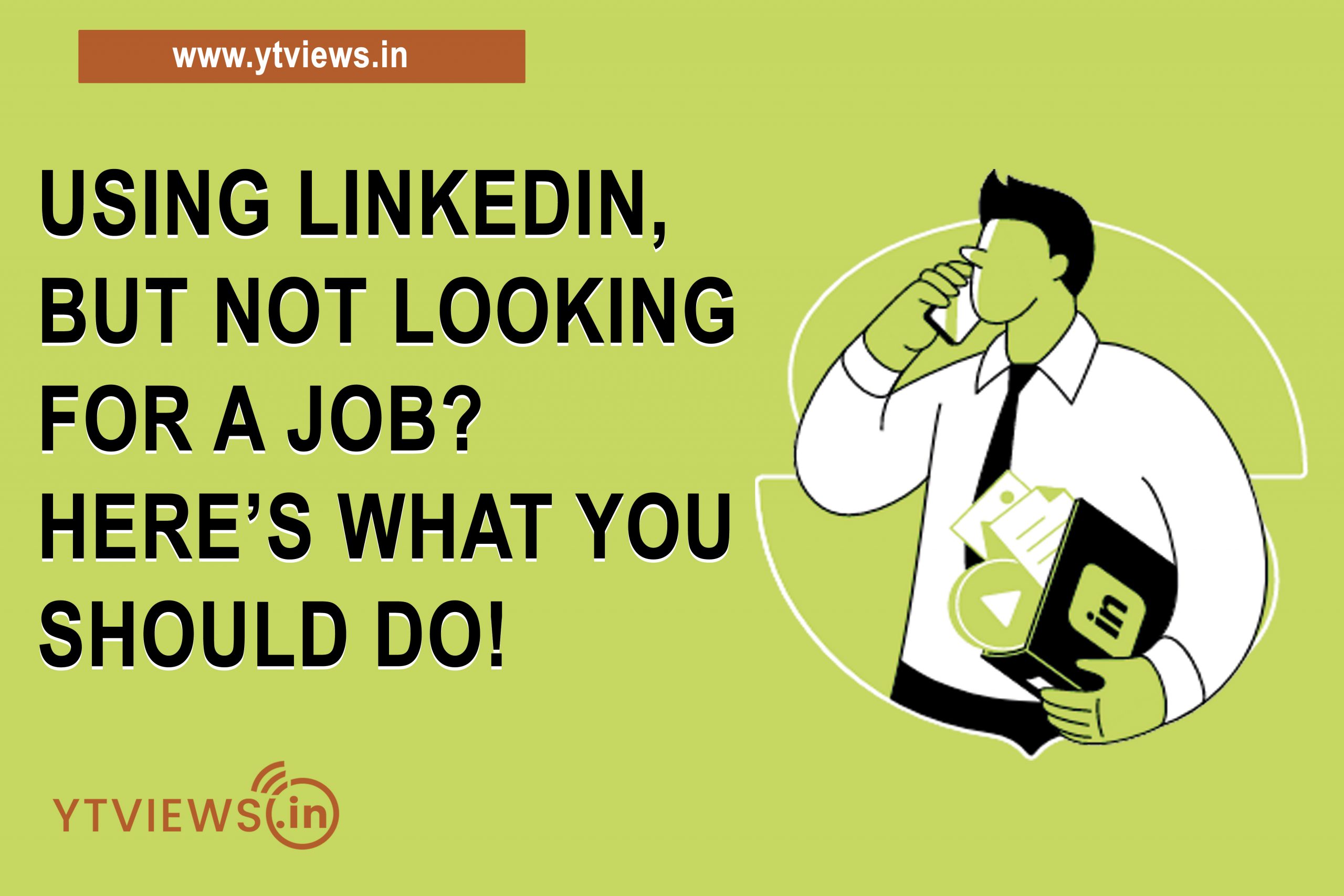 Knowledge and professional qualities are highly prized in today’s environment. Businesses try to promptly hire the best-qualified personnel with proven track records. This is done most prominently through LinkedIn, with a focus on work and business procedures. A LinkedIn profile is similar to a professional blog. It allows you to share information about your achievements and experiences, as well as useful content like “advice on how to stay inspired.” The social networking platform can be used by both job searchers and businesses. If you don’t have your own business, it’s worth attempting to pitch yourself as an expert.
Knowledge and professional qualities are highly prized in today’s environment. Businesses try to promptly hire the best-qualified personnel with proven track records. This is done most prominently through LinkedIn, with a focus on work and business procedures. A LinkedIn profile is similar to a professional blog. It allows you to share information about your achievements and experiences, as well as useful content like “advice on how to stay inspired.” The social networking platform can be used by both job searchers and businesses. If you don’t have your own business, it’s worth attempting to pitch yourself as an expert.
But, what if you aren’t apparently seeking a job?
LinkedIn is a professional network that helps you to enhance your company’s or your individual legitimacy, build a relevant network, and identify yourself as an industry authority. The times are over when people used to term LinkedIn as a platform that is just used to get or offer jobs. No matter, whether the core or the foundation still remains the same, your LinkedIn profile can act as a high prestige of validation for your next venture. Here’s what you should do if you aren’t looking for a job for the time being:
Take your profile at the top of the game, with the first step of just completing it 100%
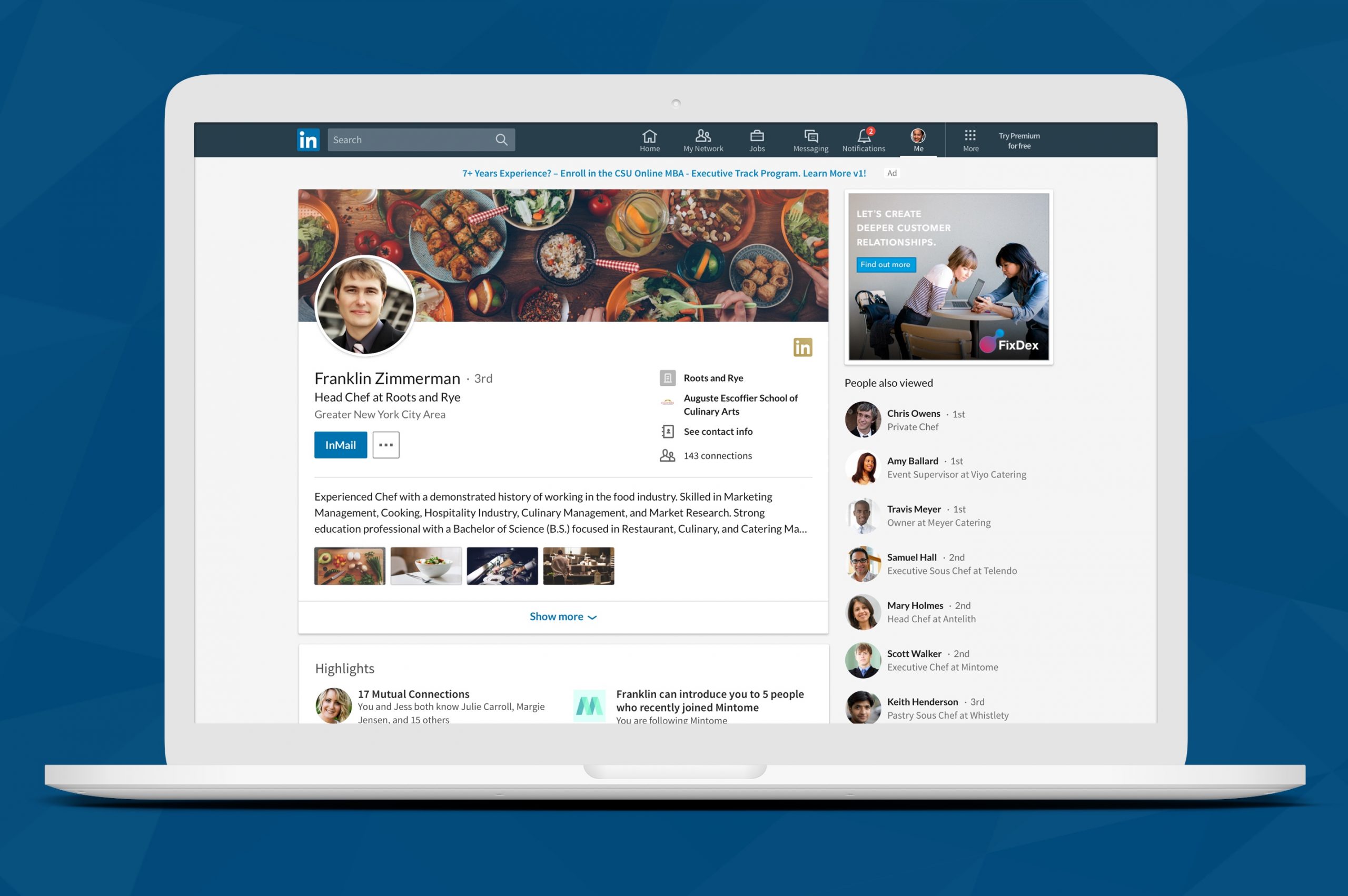
Your LinkedIn profile can be a valuable component of your personal brand. It will be visible to all LinkedIn users who have signed up for the service (unless you set it to private mode). You can also have a public profile that can be accessed by external search engines, allowing it to be seen by those who aren’t LinkedIn members. LinkedIn’s proprietary search algorithm only discovers “full” profiles, which can receive more than 20 times the number of views as incomplete profiles. As a result, it’s critical that you finish yours.
Build connections
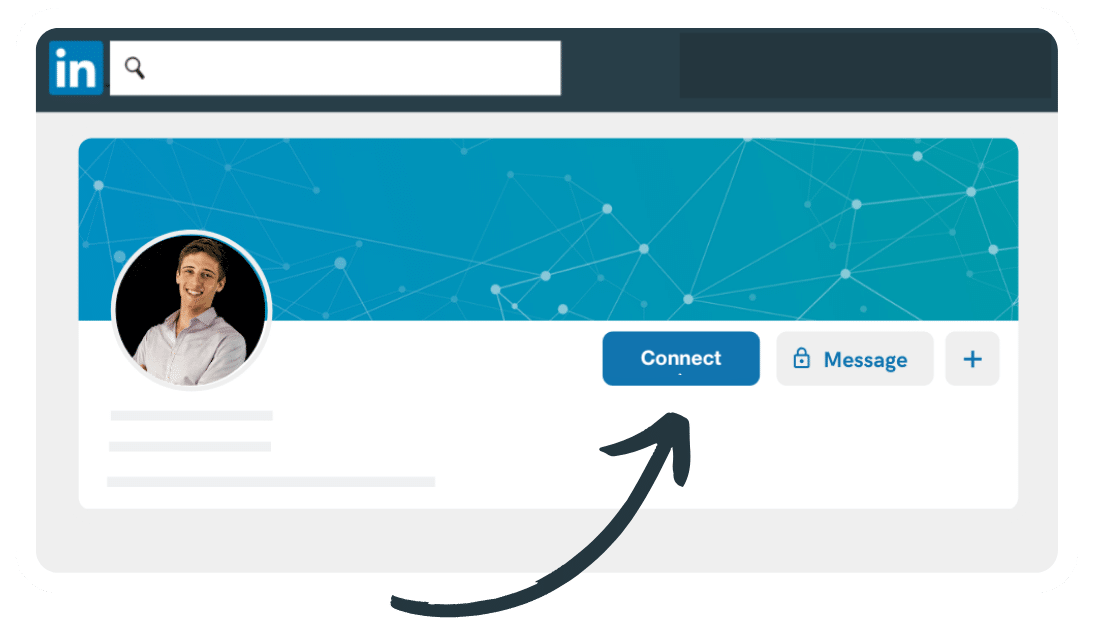
LinkedIn allows you to connect with people in your sector as well as professional groups. This is an excellent method to keep up with current events and share information with others on your radar profession. You can ask anyone to connect with you (and accept their invitations), but they must have their own LinkedIn account to do so. LinkedIn keeps track of your connections in a list called My Network. When you create a new connection, you receive access to not only that person’s profile, but also to their publicly visible connections.
On the other hand, connect with your coworkers, be it from your current company or your past company. You’ve put in your hard work to establish and maintain relationships with your coworkers, employees, internal clients, and bosses. These are the guys who will be valuable connections for the rest of your career. Connect with them on LinkedIn so you may stay connected with them even if you or they depart from the firm.
Get into LinkedIn groups
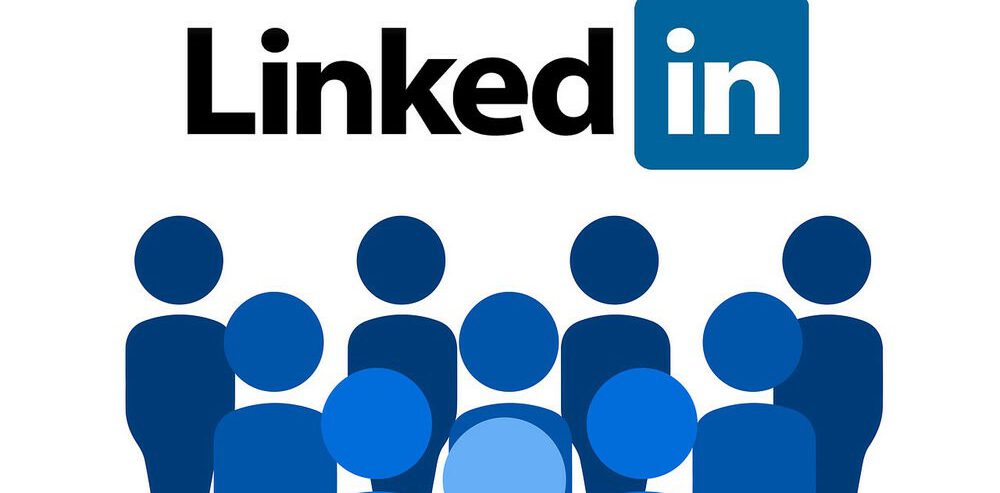
Members on LinkedIn can create or join groups to exchange concepts and industry news. This is a fantastic method to expand your professional network. You can locate new groups by searching for them in the search box at the top of your profile page, or by looking through the ones you’ve already joined. Once you’ve joined a group, you can participate in discussions, ask questions, and send messages to other members.
LinkedIn groups may be a great place to get information, share ideas, and get support. When you share your knowledge with others in your career field, they will most likely reciprocate.
Interact
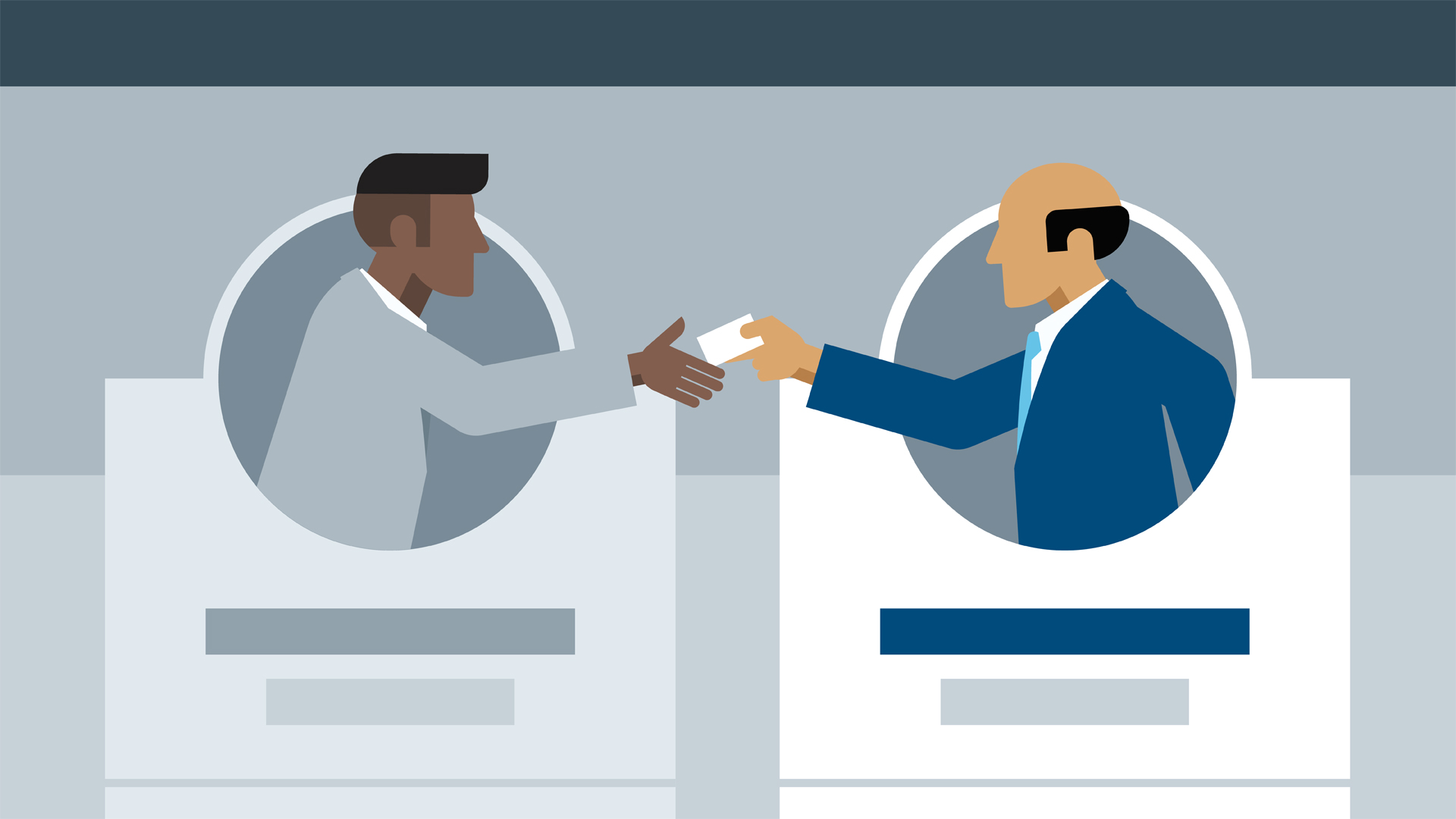
After you’ve created connections on LinkedIn, you can use the Messaging feature to communicate with them in real-time. Look for the green dot beside your connections’ profile images to see if they’re online using the Active Status function. And the Smart Replies feature, which generates short, relevant replies (such as “What time?” and “Great, thanks!”) automatically, can help retain your conversations moving along.
Impress your bosses with brand loyalty

LinkedIn may help your firm, its brand, and its products gain more visibility. It can also tell the tale of your company. If you do it well, you’ll be able to form valuable emotional bonds with your potential clients and employees. Make a name for yourself as a digital brand ambassador of your current firm.
You increase the value of what your organisation contributes to their LinkedIn page by sharing it. In reality, according to LinkedIn data, only 3% of employees share company content, but that 3% accounts for 30% of all social activity. Here’s the best part: there’s a bonus. You learn about things outside your division or job function when you look at what your firm is sharing. You break free from the traditional structure, and you can even land a great job in another sector of the company.









































